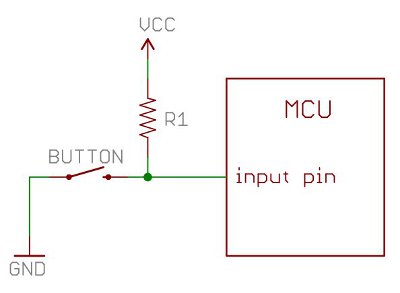I'd also add: always have a cap between your AVR's VCC and GND. Unless your power supply is incredibly clean, it's good to have.
AVR
This is an UNOFFICIAL AVR community.
This is a community for people who use AVR microcontrollers. This can include Arduinos, Arduino clones, Arduino like boards, and stand alone AVR chips and self-designed boards.
NOTE: If your circuit is doing something weird when you touch a wire or move your hand across it see this pinned post.
This is a community for everyone who is interested in AVRs and Arduinos from beginners to experts, kids to adults, hobbyists to engineers.
You may also be interested in:
RULES:
-
All Lemmy.ca rules apply here.
-
Everyone (see rule 98) is welcome.
-
If you’ve seen a question 100 times answer it the 101st time or ignore it. Even better, write a complete, detailed answer and suggest that the mod(s) pin it to the community.
[Did you actually think there were 98 rules?]
-
If you present something as fact and are asked to provide proof or a source provide proof or a source. Proof must be from a reliable source. If you fail to provide proof or a source your post or comment may be removed.
-
Don’t be a dick. Yes, this is a catch-all rule.
-
The mod(s) have the final say.
Very, very good point. I always put a 0.1uF cap between Vss and Vdd on my chips as close to the chip as I can get it.
As I understand it many chip manufacturers specify what cap or caps you're supposed to use for decoupling. I saw a video where the guy said that the manufacturer of the chip that he was talking about suggested a small ceramic like I use plus an electrolytic. I've never done that. I should probably look at the datasheets more often.
Thanks for the comment!
